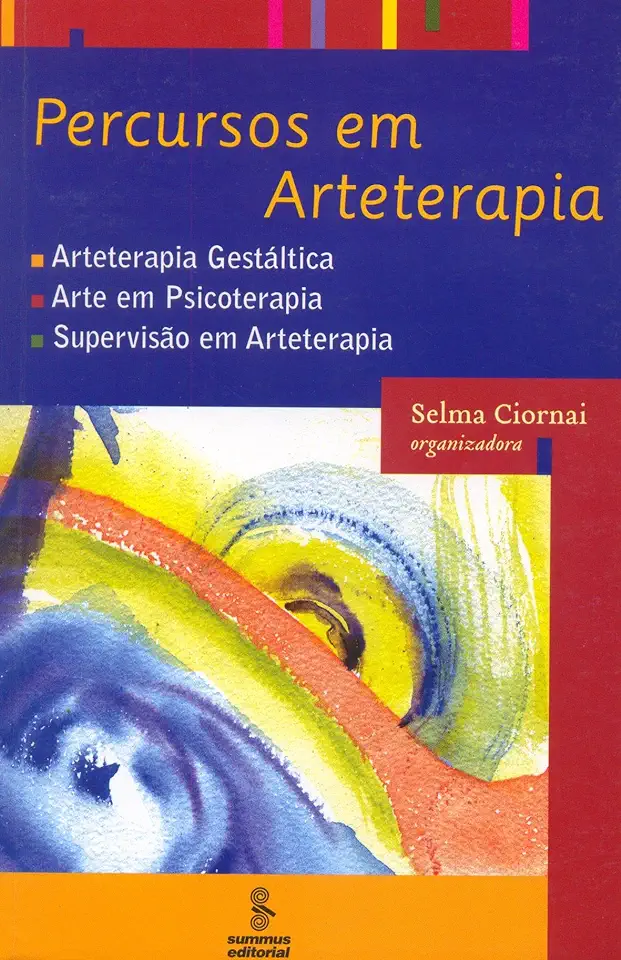
Art Therapy Paths - Selma Ciornai
Art Therapy Paths: A Comprehensive Guide to Using Art Therapy in Counseling and Psychotherapy
Introduction
Art therapy is a powerful form of therapy that uses art media as a tool to help people express themselves, explore their emotions, and work through their challenges. In this comprehensive guide, Selma Ciornai provides a thorough overview of art therapy, including its history, theory, and practice. She also offers a variety of art therapy techniques and exercises that can be used in counseling and psychotherapy.
The History of Art Therapy
Art therapy has a long and rich history, dating back to the early 1900s. In the early days, art therapy was primarily used with children, but it has since been shown to be effective with people of all ages. Today, art therapy is practiced in a variety of settings, including hospitals, clinics, schools, and private practice.
The Theory of Art Therapy
Art therapy is based on the belief that art can be a powerful tool for self-expression and healing. When people create art, they are able to access their inner thoughts and feelings and to communicate them in a way that words cannot. Art therapy can also help people to develop their coping skills and to work through their challenges.
The Practice of Art Therapy
Art therapy is a collaborative process between the therapist and the client. The therapist provides a safe and supportive environment in which the client can create art. The therapist then uses the art to help the client explore their emotions, thoughts, and experiences.
Art Therapy Techniques and Exercises
There are a variety of art therapy techniques and exercises that can be used in counseling and psychotherapy. Some of the most common techniques include:
- Drawing and painting: Drawing and painting can help people to express their emotions and thoughts in a concrete way.
- Collage: Collage can help people to explore their identity and to integrate different parts of themselves.
- Sculpture: Sculpture can help people to express their feelings and thoughts in a three-dimensional way.
- Movement: Movement can help people to release pent-up emotions and to connect with their bodies.
- Music: Music can help people to express their emotions and to connect with their inner selves.
The Benefits of Art Therapy
Art therapy can offer a number of benefits for people who are struggling with mental health issues. Some of the benefits of art therapy include:
- Improved self-expression: Art therapy can help people to express themselves in a way that words cannot.
- Reduced stress and anxiety: Art therapy can help people to relax and to reduce their stress levels.
- Enhanced coping skills: Art therapy can help people to develop coping skills that they can use to manage their challenges.
- Increased self-awareness: Art therapy can help people to gain a deeper understanding of themselves and their experiences.
- Improved communication: Art therapy can help people to communicate their thoughts and feelings more effectively.
- Enhanced creativity: Art therapy can help people to develop their creativity and to express themselves in new ways.
Conclusion
Art therapy is a powerful form of therapy that can help people to express themselves, explore their emotions, and work through their challenges. This comprehensive guide provides a thorough overview of art therapy, including its history, theory, and practice. It also offers a variety of art therapy techniques and exercises that can be used in counseling and psychotherapy. If you are interested in learning more about art therapy, this book is a valuable resource.
Enjoyed the summary? Discover all the details and take your reading to the next level — [click here to view the book on Amazon!]